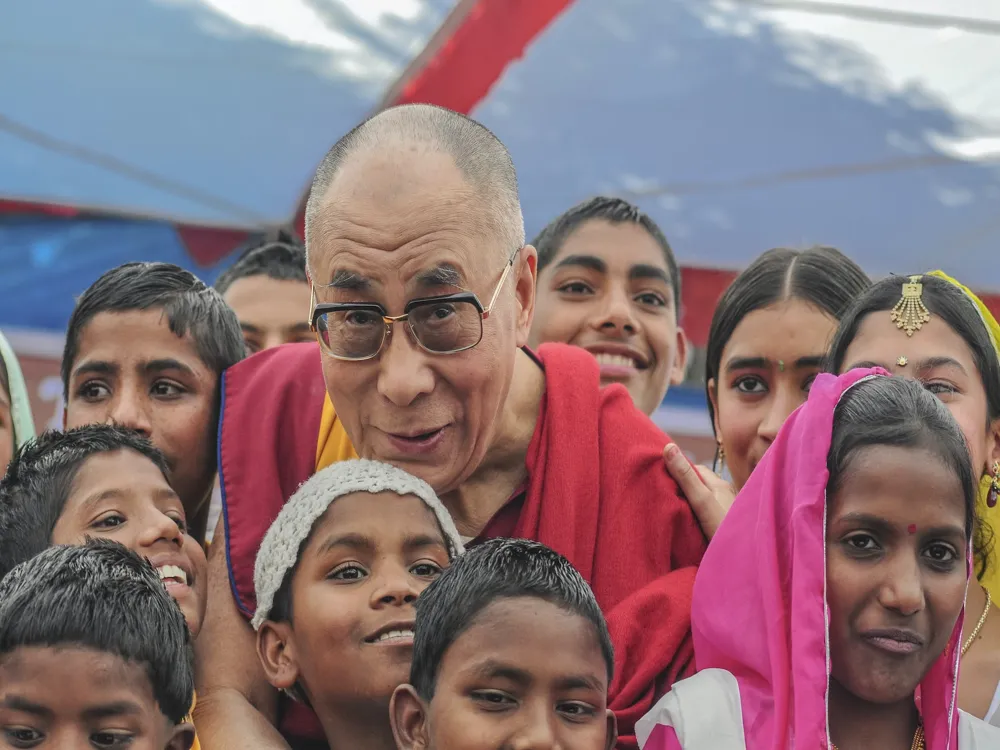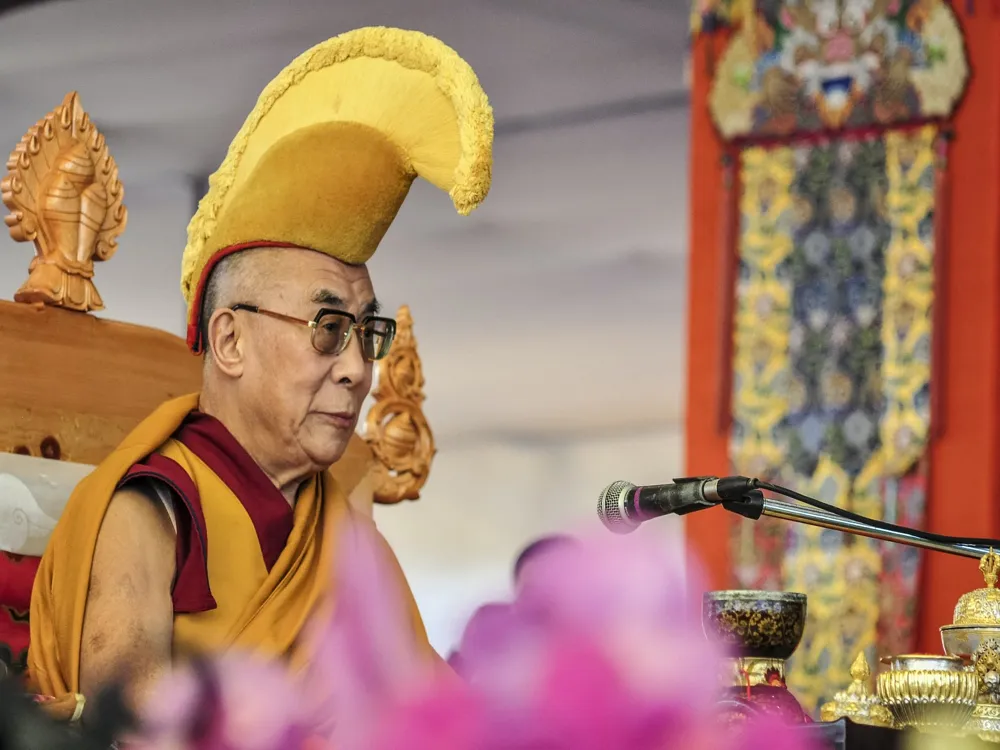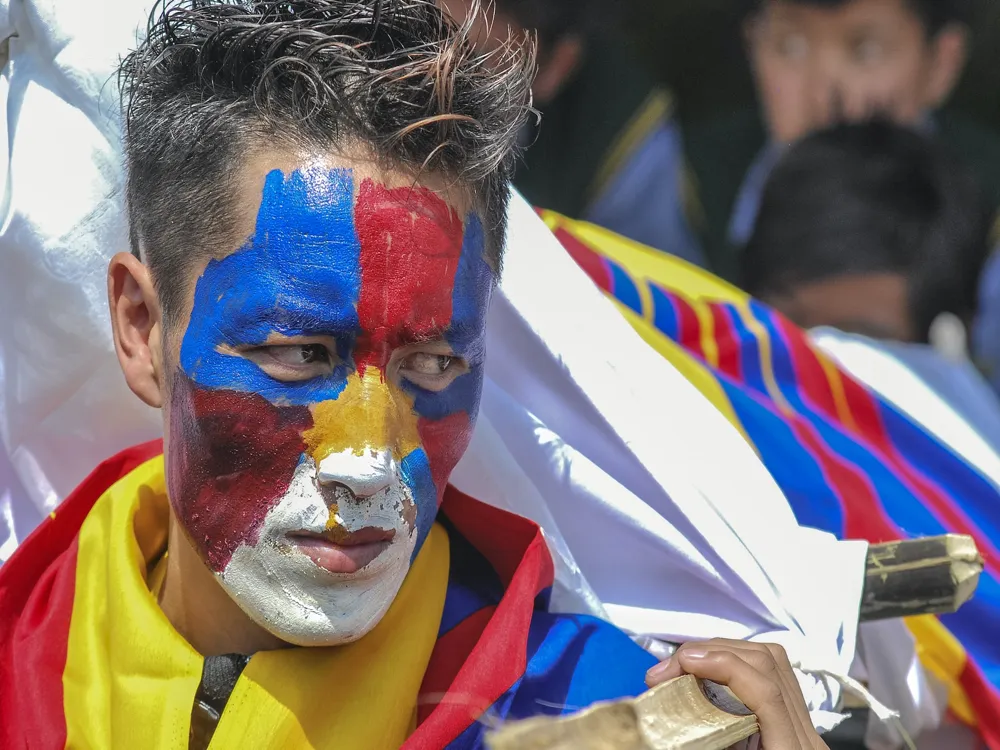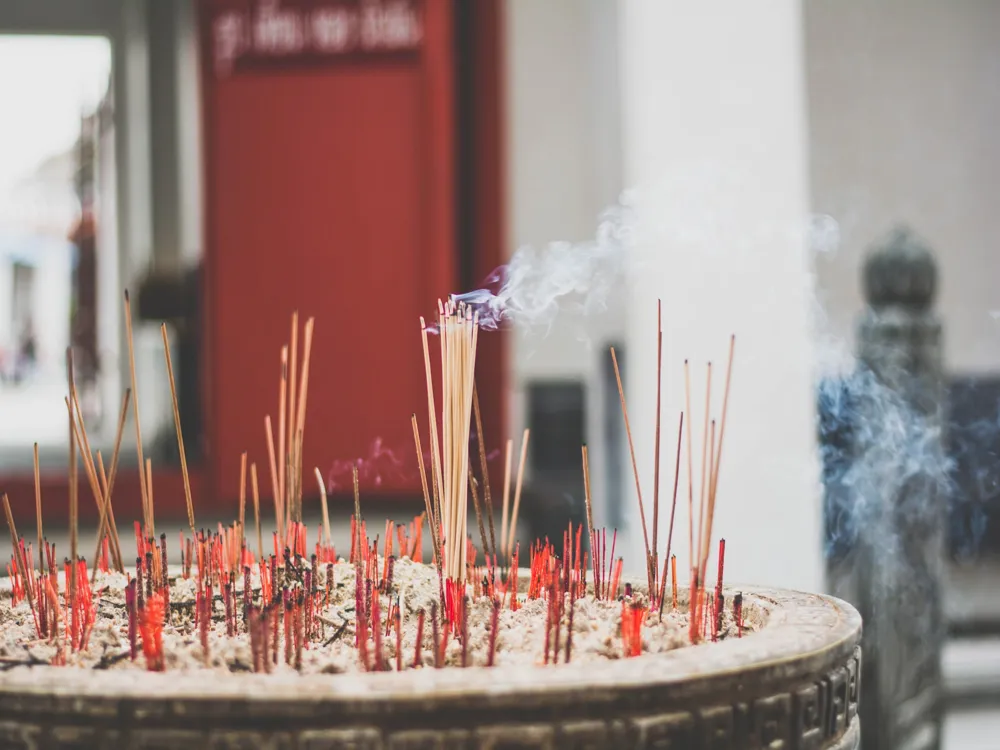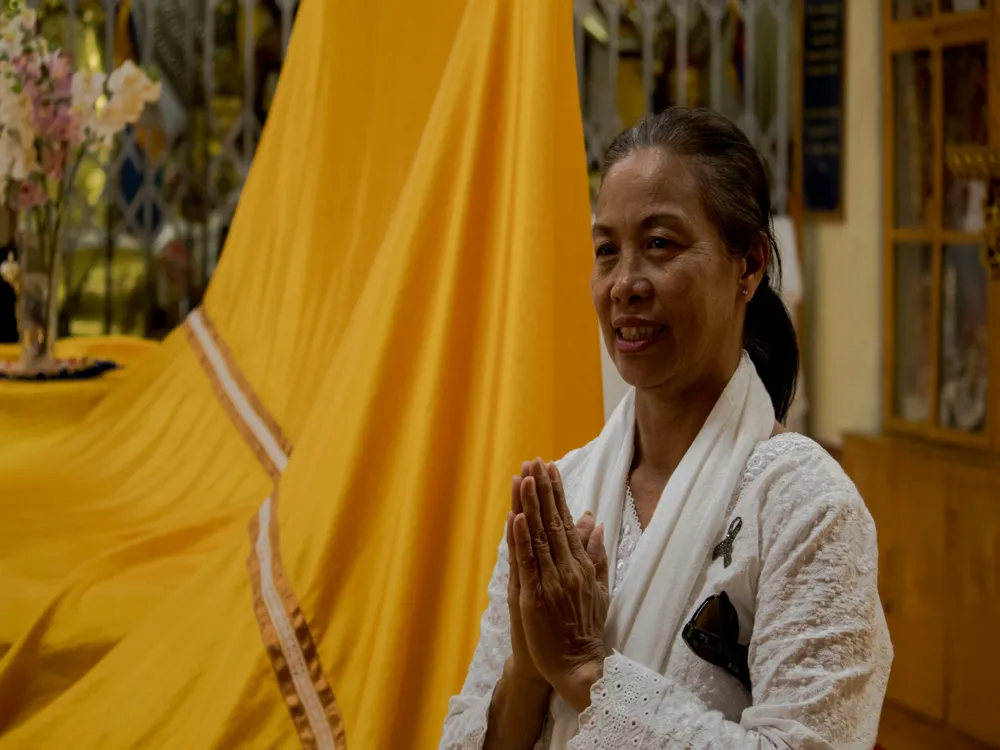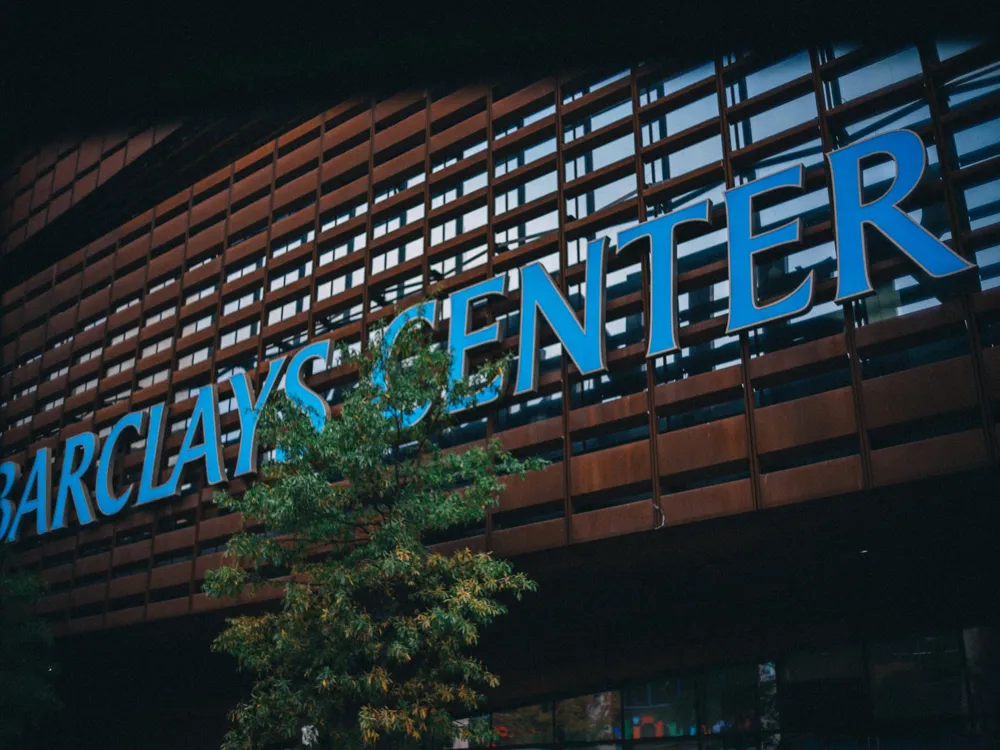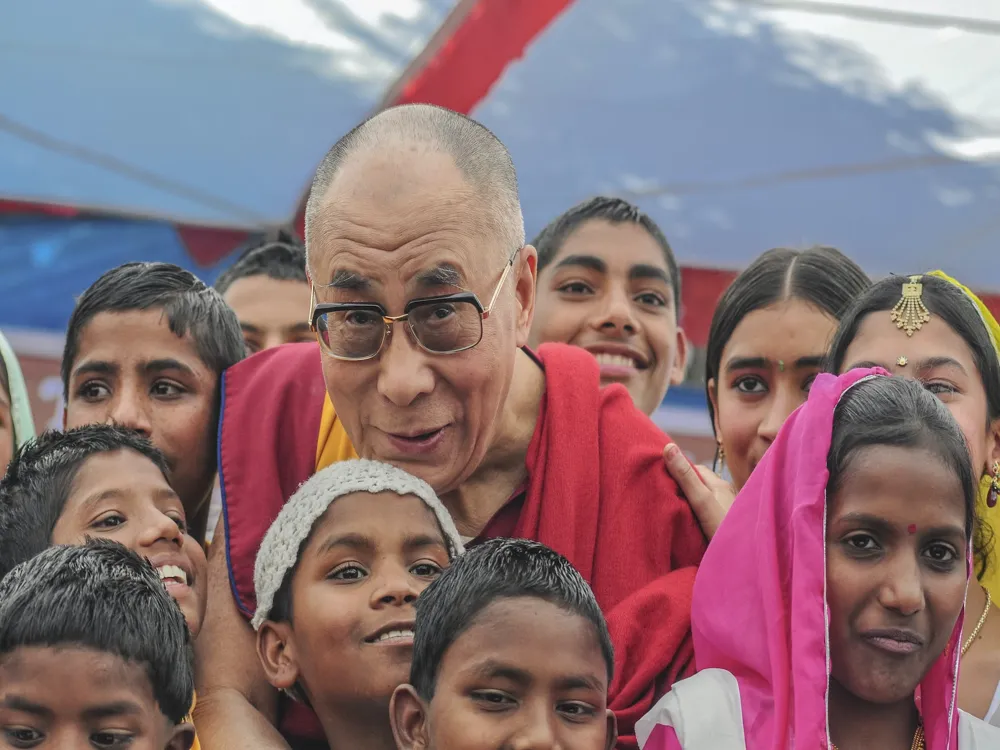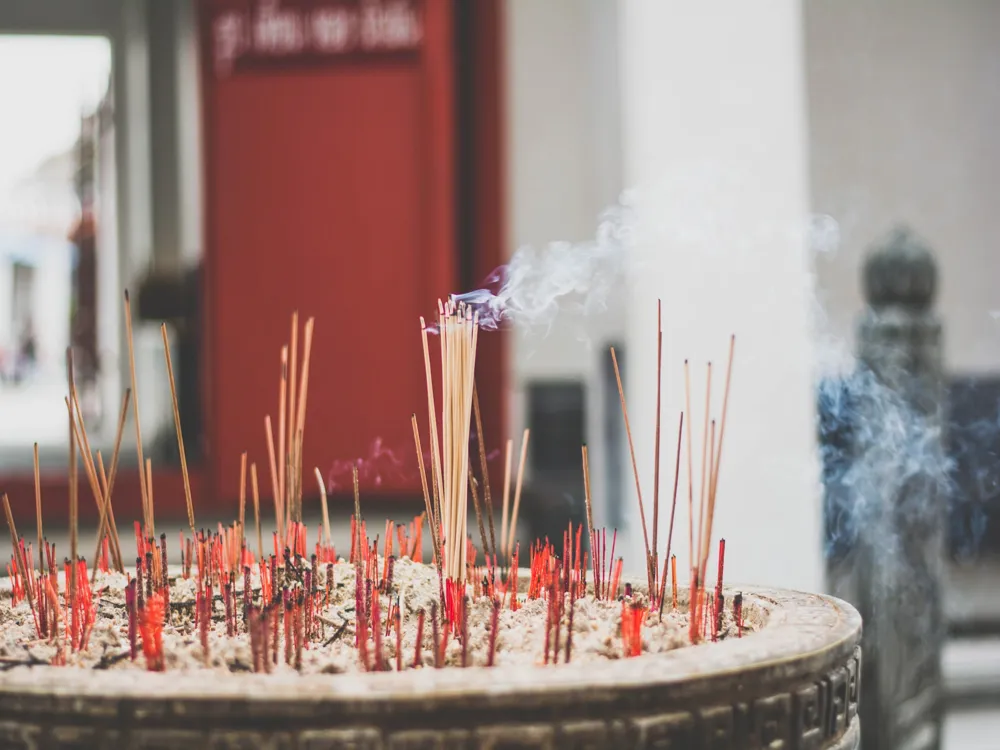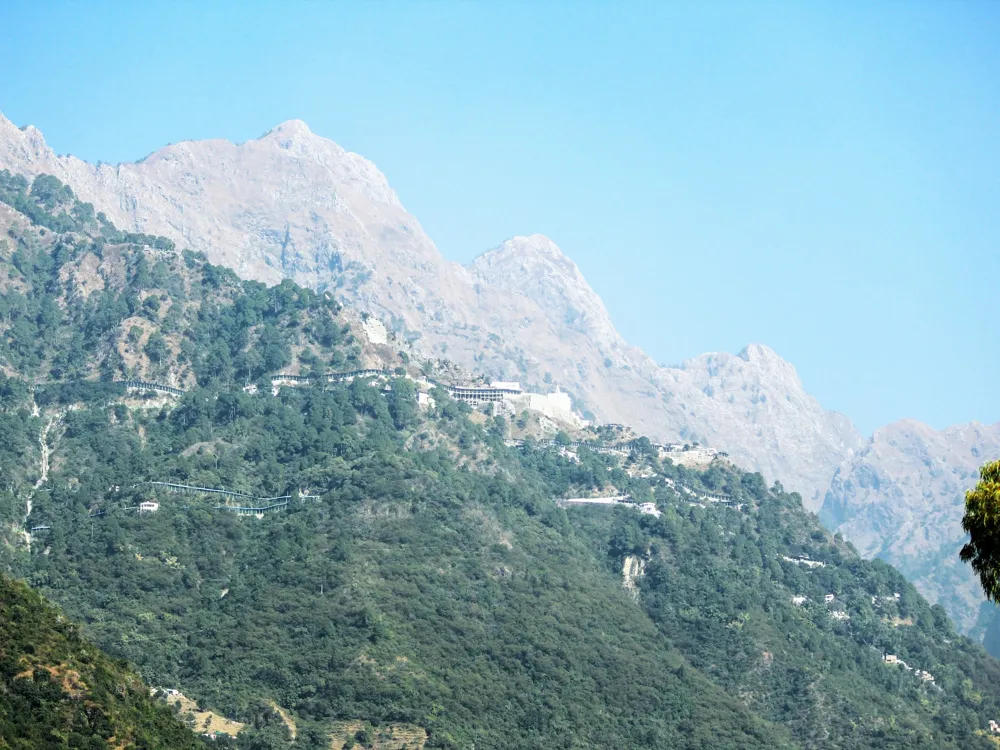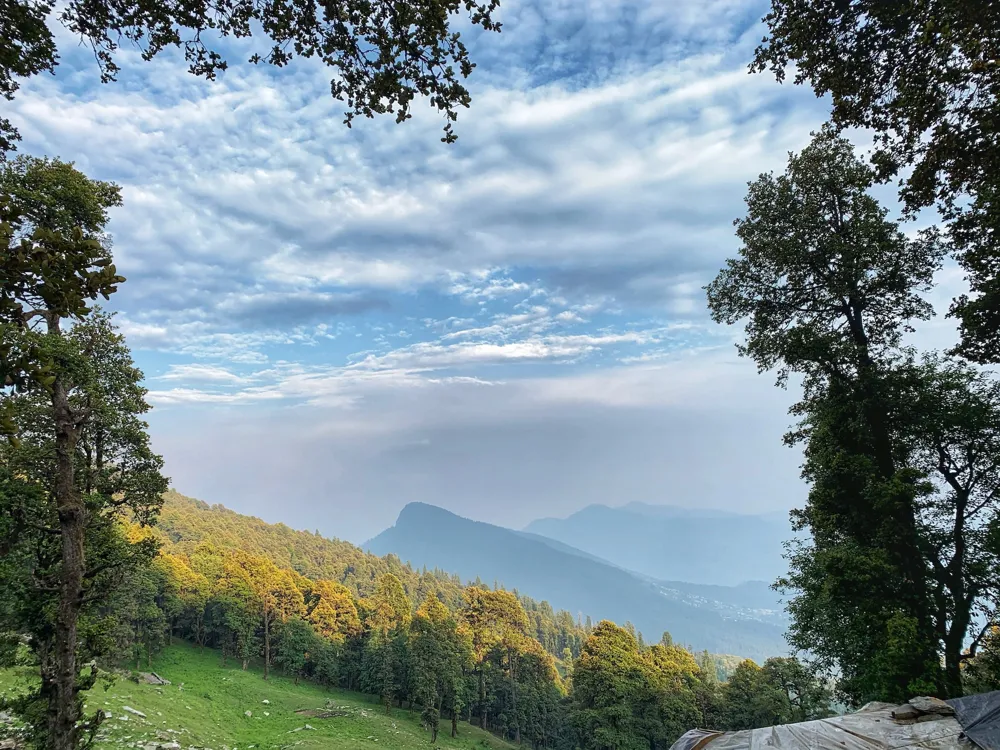Best Time to Visit Dharamsala
Himachal Pradesh India
7 out of 42 Places to visit in Himachal Pradesh₹ 7,800 onwards View Packages
Get Customized PackagesThe Land of Diversity
Top Hotel Collections

Private Pool

Luxury Hotels

5-Star Hotels

Pet Friendly
What is the Best Time to Visit Dharamsala?
Dharamsala, nestled in the Himalayan foothills, offers a diverse experience throughout the year. Choosing the best time to visit depends on personal preferences and the kind of experience one seeks. Let’s explore the nuances of each season in Dharamsala to aid in planning your ideal trip.
More about the Best Time to Travel to Dharamsala
Travel Offseason in Dharamsala
Contrarily, the offseason from July to September experiences monsoons, offering a tranquil, verdant landscape. The rainfall might deter outdoor activities, yet it gifts the surroundings with breathtaking greenery. Budget-friendly accommodations and fewer crowds provide an intimate experience, ideal for introspection, meditation, or exploring the local culture.
Travel Offseason in Dharamsala
Dharamsala, nestled in the serene Himalayan foothills, offers a tranquil escape during the offseason. From November to March, when crowds thin and temperatures drop, the quaint town reveals its authentic charm. Wander through McLeod Ganj's Tibetan markets without the bustling throngs, allowing a more intimate exploration of its unique culture. The sacred Dalai Lama Temple emanates a peaceful aura, undisturbed by the usual tourist hustle. Embrace the misty landscapes and crisp air while strolling through cedar forests and contemplating the scenic Dhauladhar range. Offseason in Dharamsala promises a serene retreat, fostering a deeper connection with the region's spiritual and natural essence.
Dharamsala Travel Packages
View All Packages For Dharamsala
Dharamsala in Shoulder Season
The shoulder seasons of October to November and February to March offer a delightful mix of both worlds. The weather remains mild, and the landscape boasts a fusion of greenery and remnants of snow, providing a picturesque setting for nature lovers and photography enthusiasts.
Dharamsala in Hot Season
During the hot season, from June to August, temperatures soar, making it less favorable for outdoor activities. However, this period presents an excellent time to explore indoor attractions, indulge in local cuisine, and witness cultural events.
Dharamsala in Rainy Season
The rainy season, from July to September, might deter outdoor excursions due to heavy rainfall. However, it's an optimal time for budget travelers seeking quieter experiences and rejuvenation amidst nature's revitalizing showers.
Dharamsala in Cool Season
Finally, the cool season, from December to February, experiences chilly weather and occasional snowfall, making it perfect for those seeking a winter wonderland. It’s an ideal time for adventurers and snow enthusiasts looking to engage in winter sports and witness the serene beauty draped in snow.
Dharamsala's diverse seasons cater to varied preferences, ensuring a memorable experience year-round. Understanding these nuances will help you curate a personalized and enriching visit to this captivating Himalayan town.
Conclusion
Dharamsala's charm lies in its ability to offer something unique in every season. From the bustling vibrancy of peak tourist months to the tranquil allure of the offseason, each period paints a distinct picture of this Himalayan gem. Understanding the nuances of each season enables travelers to tailor their experiences to match their preferences, whether it's trekking amidst clear skies, embracing the lush greenery of monsoons, or relishing the winter wonderland draped in snow.
Places To Visit In Dharamsala
Nearby Places Dharamsala
Dharamsala Photos
View All Photos For DharamsalaBrowse Package Collections
Browse Hotel Collections
Faq
Q: What is the best time to visit Dharamsala for pleasant weather?
A: The best time to experience pleasant weather in Dharamsala is during the months of March to June. The temperatures are mild, ranging from 16°C to 25°C, making it ideal for outdoor activities and sightseeing.
Q: When is the monsoon season in Dharamsala, and is it a good time to visit?
A: The monsoon season in Dharamsala typically occurs from July to September. While the lush green landscapes during this time are captivating, heavy rainfall can lead to landslides and travel disruptions. It is advisable to check weather conditions before planning a visit during these months.
Q: Is winter a good time to visit Dharamsala, and what can one expect during this season?
A: Winter, from October to February, offers a unique charm with snow-capped mountains and chilly temperatures ranging from 0°C to 15°C. If you enjoy winter sports and the beauty of snowfall, this could be an ideal time. However, be prepared for colder weather and occasional road closures due to snow.
Q: Are there any specific events or festivals that make certain months more appealing to visit Dharamsala?
A: Dharamsala hosts the Losar Festival in February, celebrating the Tibetan New Year. Another significant event is the International Film Festival of Dharamshala in November. These events add cultural vibrancy and make these months especially interesting for visitors.
Q: How crowded does Dharamsala get during peak tourist seasons, and is there an off-peak time for a more serene experience?
A: Dharamsala tends to be more crowded during the summer months (March to June) and the pre-winter season (September to October). For a quieter and more serene experience, consider visiting during the off-peak seasons of monsoon (July to September) or winter (November to February).

